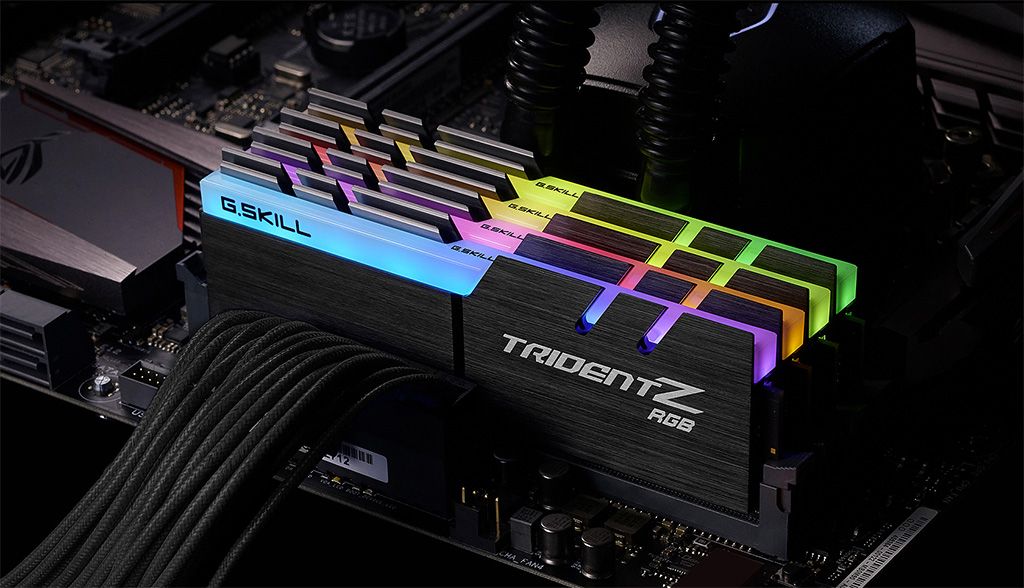It isn't worth it to argue with Shady28. S/he cannot accept the fact that on and even playing field there is evidence that shows even Intel's newest (Tiger Lake) cannot beat Zen 3 in IPC. I would assume the Intel reference laptop is going to use RAM that will put the Tiger Lake in the best light so therefore it had LPDDR4-4266MHz RAM. What is ironic is Shady28 was fighting for Comet Lake's numbers to be higher even though we know Comet Lake has a lower IPC than Tiger Lake.
IDK what you are on about, the last few posts have been about Ryzen 5000 (Zen 3) and the memory settings that were used at various benchmark sites.
Has nothing to do with laptop LPDDR4 ratings, although JEDEC does have a standard for that too and it's been around for like 5 years :
" LPDDR4 launches with an I/O data rate of 3200 MT/s and a target speed of 4266 MT/s, "
Ref:
JEDEC Releases LPDDR4 Standard for Low Power Memory Devices





